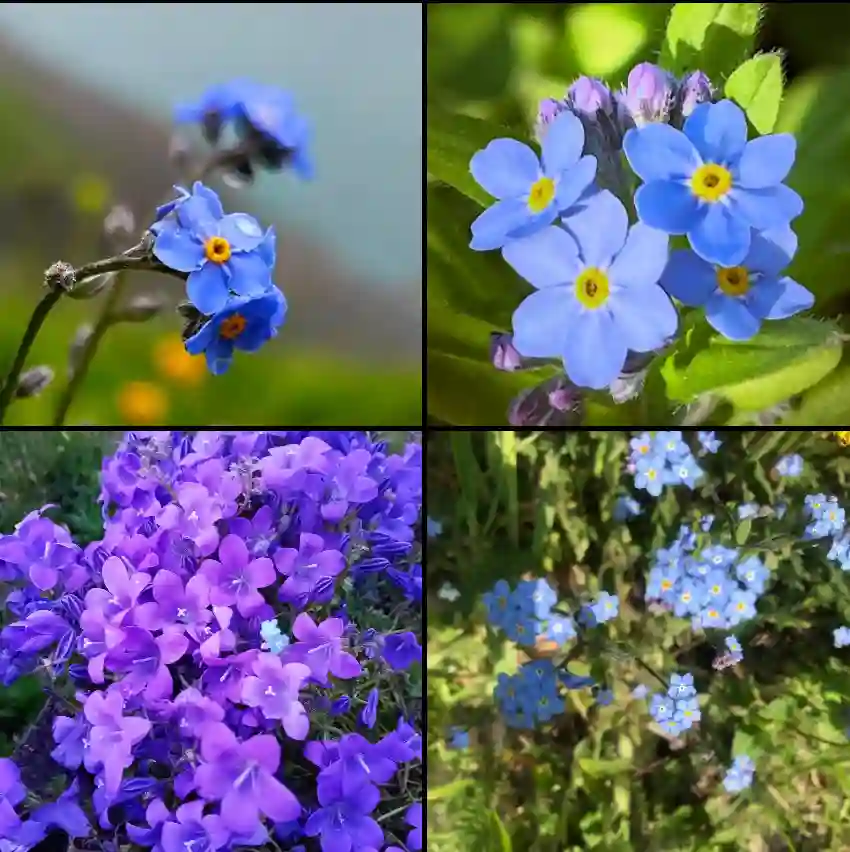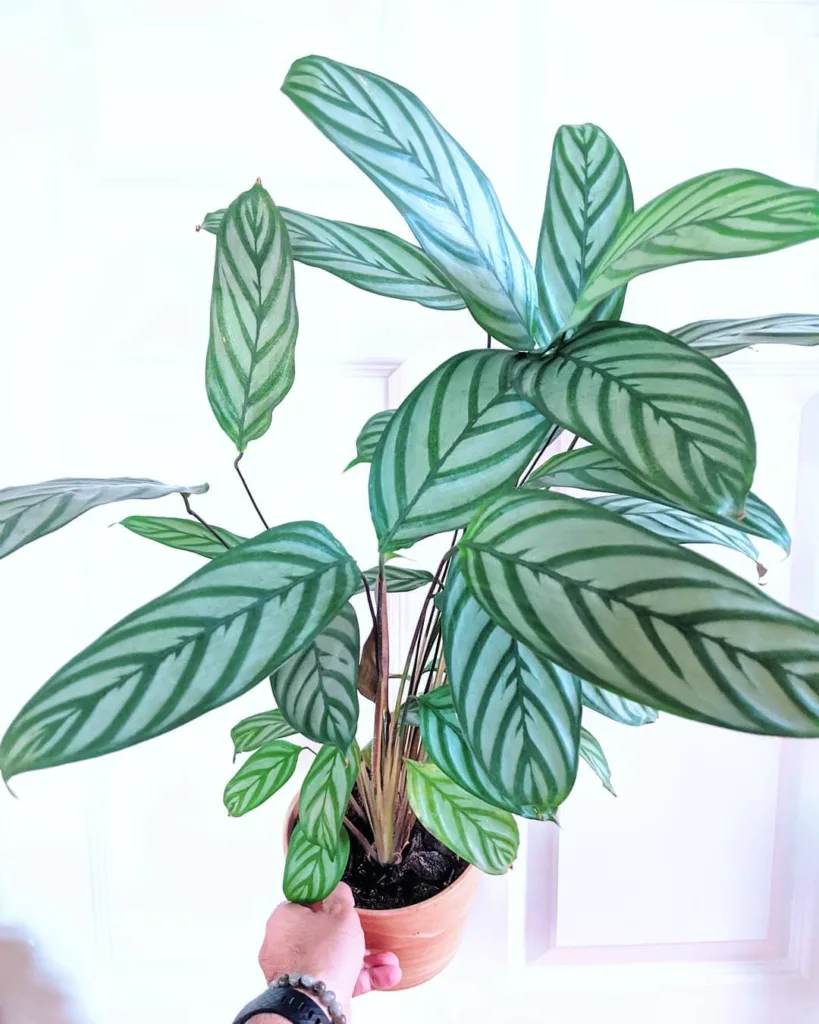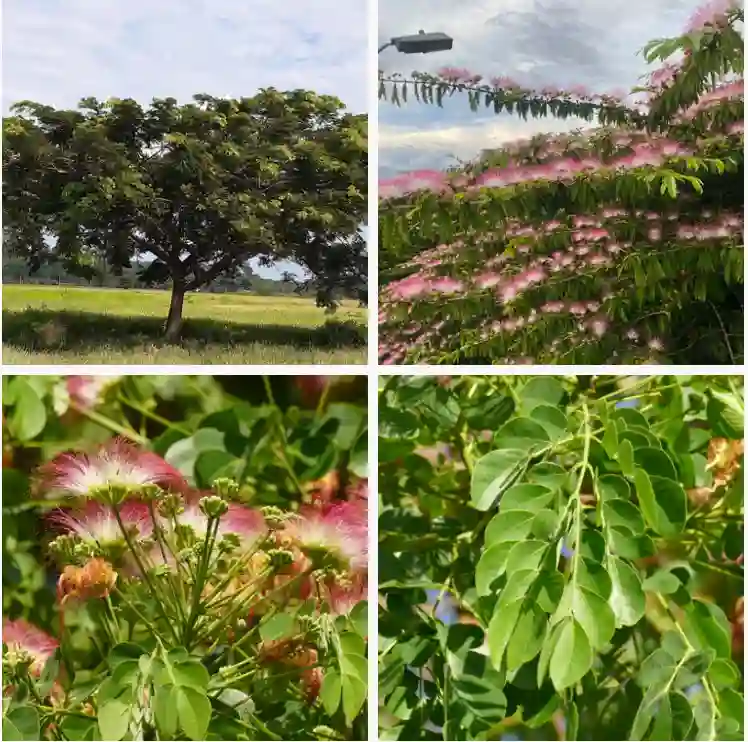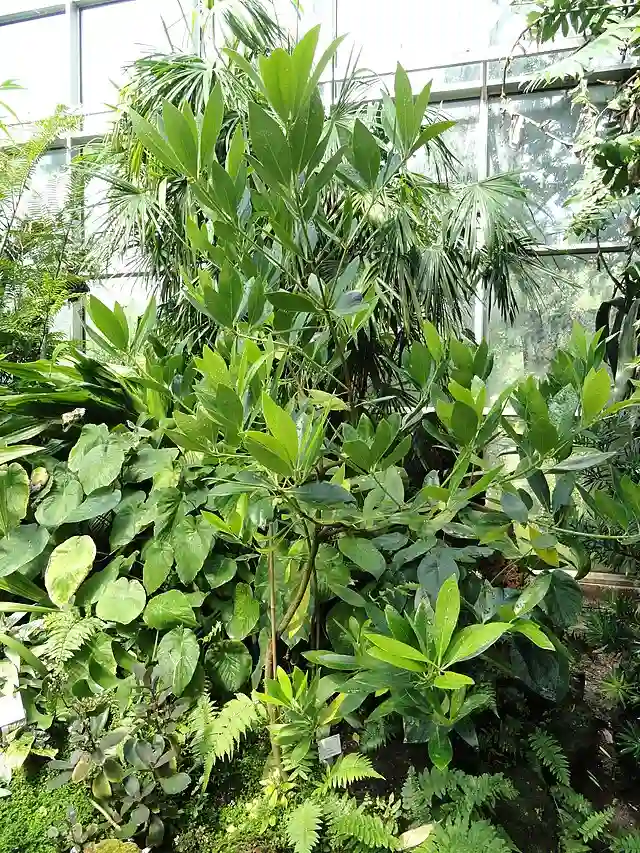A Sedge in the Garden: My Experience with Cyperus Strigosus
Cyperus strigosus, often called straw-colored flatsedge or even the deceiving false nutsedge, has become a familiar sight in my garden. Its slender, pointed spikes and triangular stems add a unique texture, but its status as a weed has me constantly questioning its place. This little sedge has sparked a curiosity in me, and I want to share what I’s learned.
957 Species in Genus Cyperus
Is Cyperus Strigosus a Weed?
This is the million-dollar question, at least for gardeners like myself. The answer, unfortunately, isn’t a simple yes or no. Cyperus strigosus is native to North America and thrives in wet areas. It readily pops up in flower beds, along walkways, and even dares to sprout in containers. For some, its fast growth and tendency to spread can be bothersome, earning it the “weed” title. However, its delicate bottlebrush-like flower clusters and interesting foliage can add a touch of the unexpected to a garden.
The key to classifying Cyperus strigosus as friend or foe lies in your garden’s needs and your tolerance for its spread.
Cyperus Strigosus vs Esculentus
I’ve found that Cyperus strigosus has a more compact and neat appearance in my garden compared to Cyperus esculentus, which tends to spread out and create a more sprawling look.
What to Know About Cyperus Strigosus?
Before deciding on Cyperus strigosus’ fate in your garden, here are some key characteristics to consider:
- Native Beauty: This sedge is a native plant, meaning it supports the local ecosystem by providing habitat for pollinators and beneficial insects.
- Wet-loving: If you have a damp area in your garden that struggles to support other plants, Cyperus strigosus might be the perfect fit. It thrives in constantly moist soil.
- Fast Spreader: This is where the “weed” label comes in. Cyperus strigosus reproduces readily through tubers and seeds. If left unchecked, it can quickly form dense colonies and crowd out other plants.
How to Care for Cyperus Strigosus?
If you decide to embrace Cyperus strigosus in your garden, here’s how to keep it happy:
- Provide Moisture: As mentioned before, this sedge loves wet feet. Regular watering, especially during dry spells, is crucial.
- Sunlight: Cyperus strigosus prefers full sun to partial shade. Aim for at least 6 hours of sunlight a day.
- Soil Type: Moist, well-draining soil is ideal. Amending your soil with compost can improve drainage and provide additional nutrients.
How to Propagate Cyperus Strigosus?
If you find yourself charmed by Cyperus strigosus and want to introduce it to other areas of your garden, be aware! Its eagerness to spread can easily turn into unwanted volunteers. The safest way to propagate is through division:
- Dig up a mature clump of Cyperus strigosus in early spring or fall.
- Carefully separate the clump into smaller sections, ensuring each section has healthy roots and shoots.
- Replant the divisions in your desired locations, following the same care guidelines mentioned above.
Important Note: Deadheading spent flower spikes can help prevent unwanted seedlings from popping up throughout your garden.
Planting Partners for Cyperus Strigosus
Cyperus strigosus unique texture and moisture needs can be a challenge when it comes to finding suitable companions. Here are a few ideas:
- Water-loving perennials: Cannas, Louisiana Irises, and Elephant Ears share Cyperus strigosus love for wet soil and can add a splash of color to the composition.
- Marginal plants: Consider plants like Pickerelweed or Water Lilies for a pond or bog garden, creating a natural ecosystem where Cyperus strigosus can thrive.
The Final Verdict on Cyperus Strigosus
Cyperus strigosus is a plant with a split personality. It can be a charming addition to a wet area, offering unique texture and supporting the local ecosystem. However, its eagerness to spread can quickly turn it into a garden bully. Ultimately, the decision to keep or remove Cyperus strigosus rests with you, the gardener. Weigh its pros and cons, consider your garden’s needs, and make an informed decision.
If i die, water my plants!



